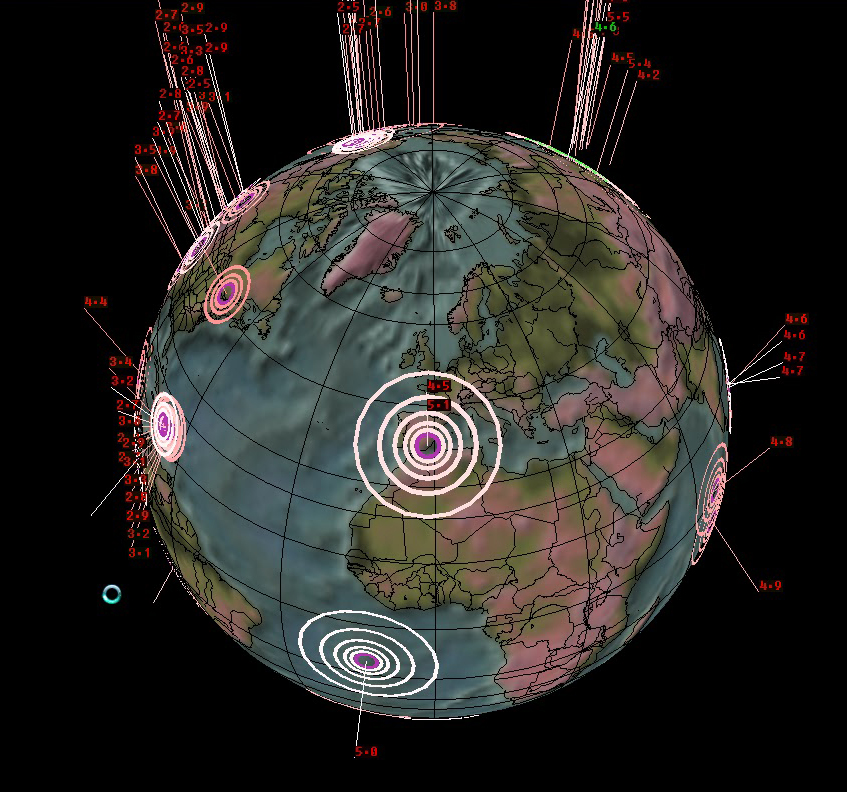


The accuracy of ground motion estimates strongly depends on the seismic velocity structure, especially the basin structure which is key in determining shaking intensity (Lee et al., 2014). Our model has practical significance for improving the accuracy of earthquake hazard studies by providing a more accurate seismic velocity model for the region surrounding the southern San Andreas fault system.

The best model will subsequently be improved by incorporating existing active-source data in a full-waveform inversion to develop an improved crustal model for the Salton Trough. Ongoing work involves reducing waveform misfit due to inaccuracy from the model and mesh construction. This highlights the importance of active-source data in developing accurate crustal models. Preliminary results show significant improvement in waveform misfit, especially in the sedimentary basins when our travel time velocity models are embedded into CVM-H15.1, compared to CVM-H15.1 alone. Using the SPECFEM3D Cartesian package, we have simulated ground motions for a M5.2 earthquake in four velocity models with geotechnical layers in the top: (1) our travel time velocity models embedded in CVM-H15.1, (2) our travel time velocity models embedded in CVM-S4.26, (3) CVM-H15.1 only, and (4) CVM-S4.26 only. This facilitates the construction of hybrid velocity models and mesh generation. To investigate the accuracy of the models in ground motion prediction, we registered our velocity models into the SCEC Unified Community Velocity Model software framework. Comparisons of our models with two popular community velocity models reveal significant differences in basin geometry and crustal heterogeneity. Recently, we have utilized active-source data from reflection and refraction seismic experiments in the Salton Trough such as the 2011 Salton Seismic Imaging Project to produce 3D travel time velocity models for Coachella and Imperial valleys (Ajala et al., 2019 Persaud et al., 2016). To improve earthquake hazard assessments in the Salton Trough, we must accurately forecast strong ground motions through realistic 3D earth models.

Gboyega Ayeni (No-cost collaborator Supervisor, Geophysical Processing and FWI Applications at ExxonMobil) Rasheed Ajala (PhD student at Louisiana State University)Īlan Juarez (No-cost collaborator PhD student at University of Southern California)ĭr. Individual Proposal (Data Gathering and Products)Īssimilating SSIP data into a Full 3D Tomography (F3DT) model of the Salton Trough


 0 kommentar(er)
0 kommentar(er)
